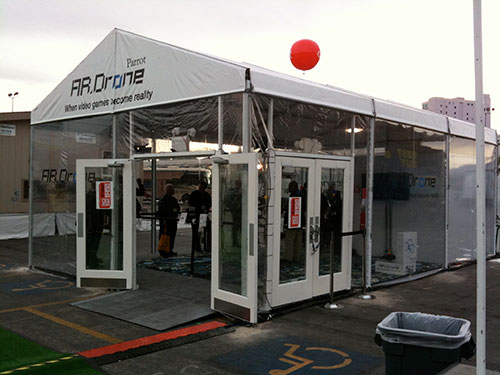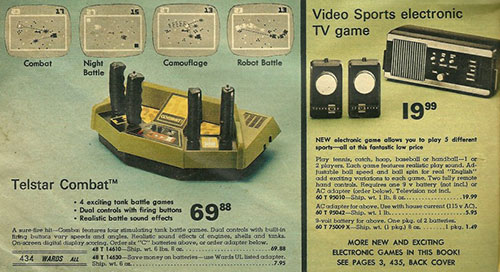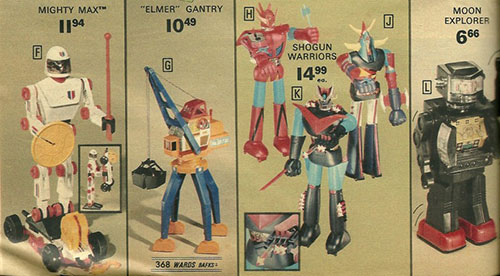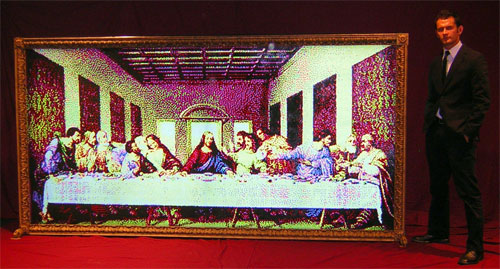For us kids, GI Joes were a starting point.
We’d take our Joes apart (usually one screw in the back and an O-ring connecting the torso to the legs) and lay out the pieces in groups: left arms, right arms, legs, torsos and heads. Two separate piles for heads and torsos, actually. Nodding GI Joes were segregated from the older figures that could only look side to side, as heads from one series wouldn’t fit onto torsos from the other.
After pondering the piles, the next step was the parts draft. This alone could kill an afternoon. You choose a head, I choose a head, you choose a torso, I choose a torso…
Next came assembly, devising new Joes based on the lots before us. A handful of favorites, a pack of unexceptional mundanes, and always a few unfortunates, 4th stringers unlucky enough to be left with garish combinations from the leftovers.
We’d spend the rest of the day writing up stats and drawing pictures of our invented heroes, cutting up cardboard and imitating the design of the backing boards that official G.I.Joes were pressed against. We’d develop backstories: who they were, their specialties, what role they played in the organization, things like that. Then we’d unscrew the torsos, pull apart the bodies and start all over again.
…
Blind rivets were swords, although sometimes they would stretch a Joe’s thumb far enough from the rest of the hand that regular accessories could no longer be held.
Lengths of string with bent nails tied to an end were grappling hooks.
Cut out a large square of plastic from a gallon storage bag, punch holes in the corners, and tie equal lengths of string from the figure to each. Parachutes were easy enough to fashion — getting to them actually deploy on descent after being thrown off the roof was the hard part.
…
One time while exploring the desert behind our cul de sac for fort locations, we came across a construction site where sewers were being installed to facilitate the housing developments soon to follow, the same spot where my friend’s brother would later kill himself. Behind a backhoe, a wide sheet of plywood covered an enormous hole that must have extended a mile into the earth’s surface. It begged to be explored. Shipwreck, almost useless as far as body parts went, drew the short straw. Fastening the grappling hook onto his hand, we unspooled the string and began to lower him into the depth, sitting cautiously away from the edge lest we follow. And then the line went slack.
How long does it take for a G.I. Joe to decompose? I wonder if he’s still down there, resting underneath the asphalt or the foundation of a house or whatever else has been built since then, cars passing overhead, listening to the rumbles of the sewer and the whispering of families above.












